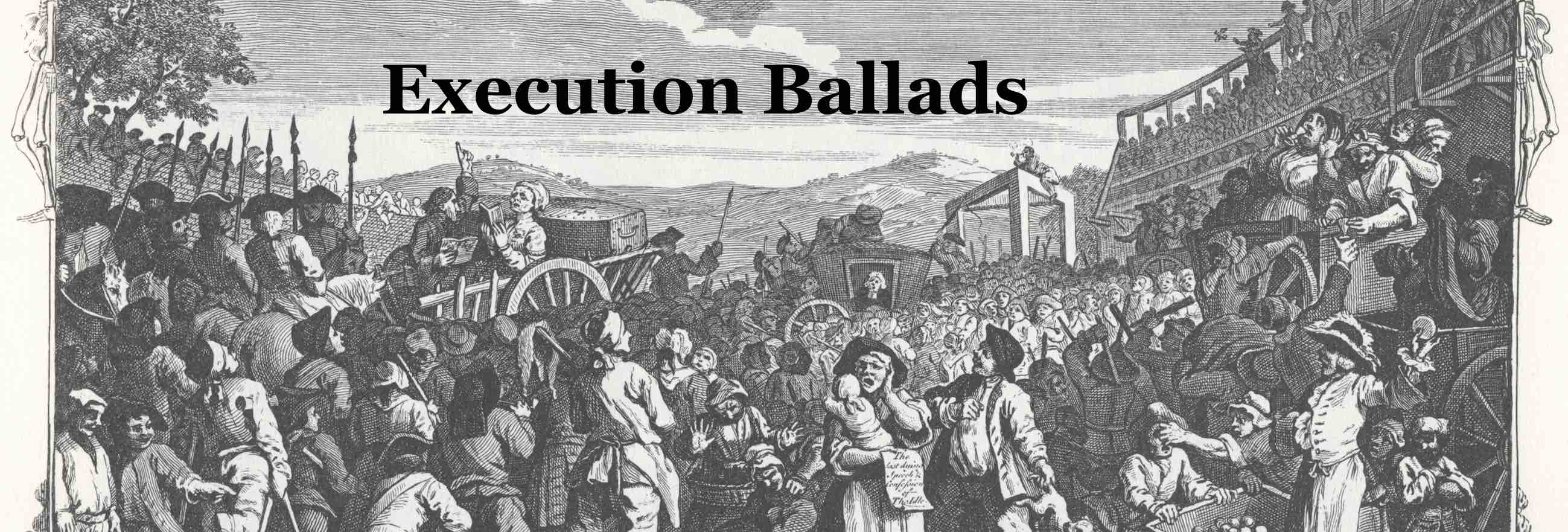About the Tunes
The majority of execution ballads re-used well-known melodies, in a centuries-old tradition known as 'contrafactum' or 'parody'. The tune is usually identified at the top, with the expression 'to the tune of...', 'sur l'air de...' or 'Im Thon zu....'
This re-use of tunes meant that over time certain melodies accrued complex emotional associations. For example, the most used tune across early modern northern Europe was 'Fortune My Foe', a sombre melody which was used repeatedly for songs about death and disasters.
But tunes could be used in surprising ways: the tune 'Row Well Ye Mariners' was a country dance tune, which was used satirically to celebrate the execution of John Felton, a Catholic 'heretic' in 1570. Tunes encouraged a specific emotional response, even before any lyrics had been sung.
The exception to this general rule are Italian execution ballads which, instead of familiar tunes, use one of three metrical forms: either ottava rima, terza rima or barzelletta. Each of these forms dictated how the condemned criminal was presented: for example, terza rima was used exclusively for the executions of nobility, who are presented in a sympathetic fashion, singing in the first-person voice of their remorse at their crimes.
Common tunes used by execution ballads:
- Fortune My Foe
- Row Well Ye Mariners
- Tender Hearts of London City
- Just before the battle, Mother
- Packington's Pound
- Bleeding Heart
- The Rich Merchant Man
- The Ladies Fall
- Russell's Farewell
- Welladay
- The Wife's Dream
- Half Hannikin
- Fualdès
- ottava rima
- terza rima
- barzelletta
- Der Lindenschmid / Kommt her zu mir spricht Gottes Sohn
- Warum betrübst du dich, mein Herz
